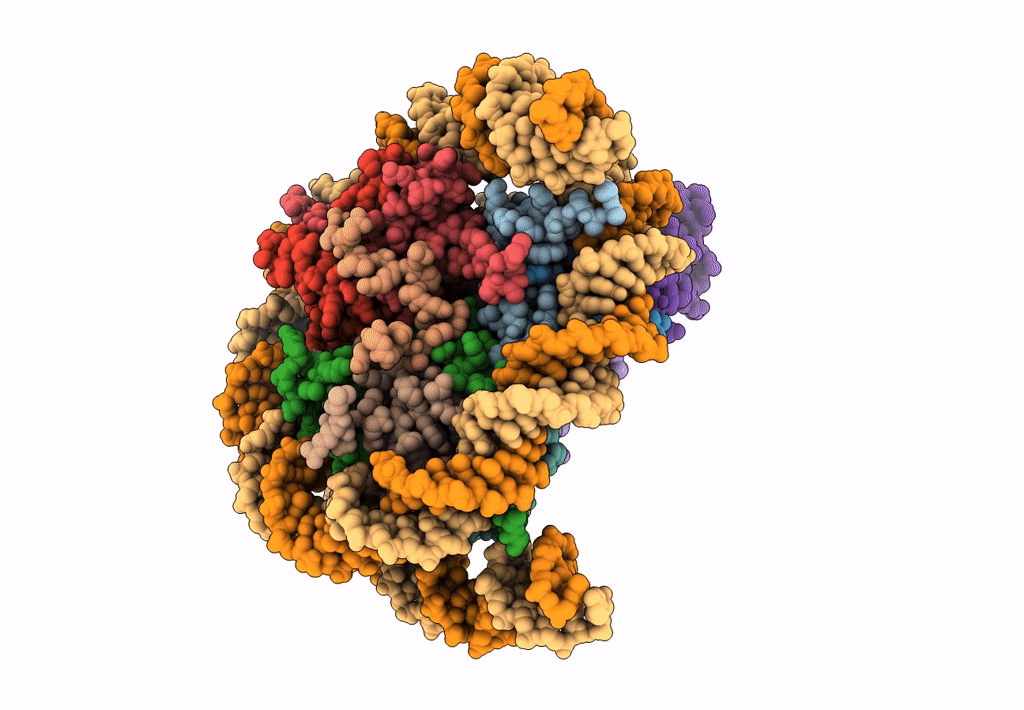
Deposition Date
2018-10-23
Release Date
2019-07-24
Last Version Date
2024-03-13
Entry Detail
PDB ID:
6MUO
Keywords:
Title:
CENP-A nucleosome bound by two copies of CENP-C(CD) and one copy CENP-N(NT)
Biological Source:
Source Organism:
Homo sapiens (Taxon ID: 9606)
Host Organism:
Method Details:
Experimental Method:
Resolution:
3.60 Å
Aggregation State:
PARTICLE
Reconstruction Method:
SINGLE PARTICLE


